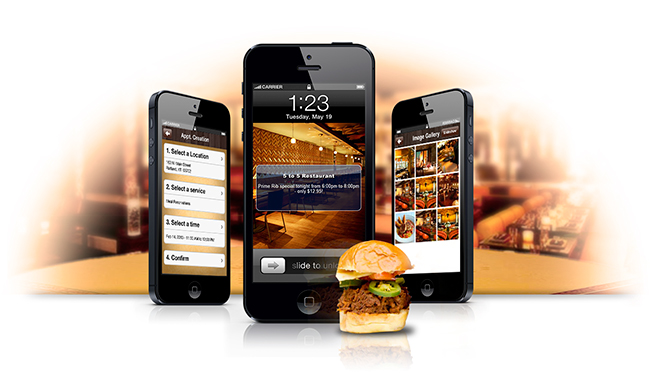
6 1
It can be difficult to show a few creative ideas to developers who imagine about frameworks and number systems. By designing simple mockups, you can narrow down the gap between the developers and designers. Developers are humans and not machines that can instantly turn a mockup into a live interface. Mockups are created to carefully cover all the technical details and have frequent discussions with the developers. From typography to enticing graphics and textures, everything must be transformed from a single piece of graphic into a live interface easier for the developers to understand. Here are a few tips to change and present interface design for developers who better understand systems and frameworks.
1. Create Various Mockups for Every Screen
The websites should be able to support different types of views at different dimensions the reason mobile mockups have various views such as portrait or landscape. When it comes to creating responsive design, try building a separate mockup for the breakpoints so the developers can grab the idea of numerous layouts. A few elements can change rapidly than others when displaying different types of landscapes. Does the font size, graphics, or icon change significant size or what about the footer content? Create a mobile-friendly design first and begin with the smallest screen moving onto the bigger screen. In this way, you can begin with the bare essentials and add extra elements on the go.
2. Test Every Interaction with Prototypes
Prototyping is one of the effective platforms to discover the feasibility of every interaction and boost trial-and-error tactics without writing a single line of code. Moving forward the developers can easily use the prototypes to use feedbacks on iteration. Low-fidelity prototypes are considered sketchy sometimes but help the developers see the dependencies between the published content when the users click. This may not give elaborate visuals that are not well-polished but it can give developers quick feedback on the main design infrastructure.
3. Predict Issues
The most crucial step is the prediction of the type of UI limitations that arises in the development phase. It is exceedingly tempting to imagine a developer converting the designer’s idea into a code in terms of the advancement in CSS and HTML5. Always remember the language of your preferred choice that begins in the prototype stage. This can help designers plan simple visuals for the developers to understand and create the interface.
4. Be Careful of Inner Page Graphics
The designers should treat every page as the homepage when creating mockups. If the designers are developing a few inner pages like secondary or alternative pages, they should treat them like homepages. A few project managers demand and require complete mockups to manage the internal processes. This happens frequently in large companies where the level of details is extra précis. The designer will value the inner pages in this way. For instance, if two pages have a different icon, then separate mockups should be developed to avoid confusion.

 +1 647 936 6616
+1 647 936 6616

